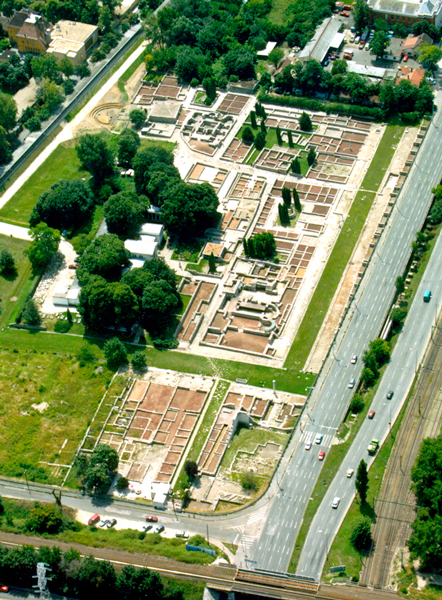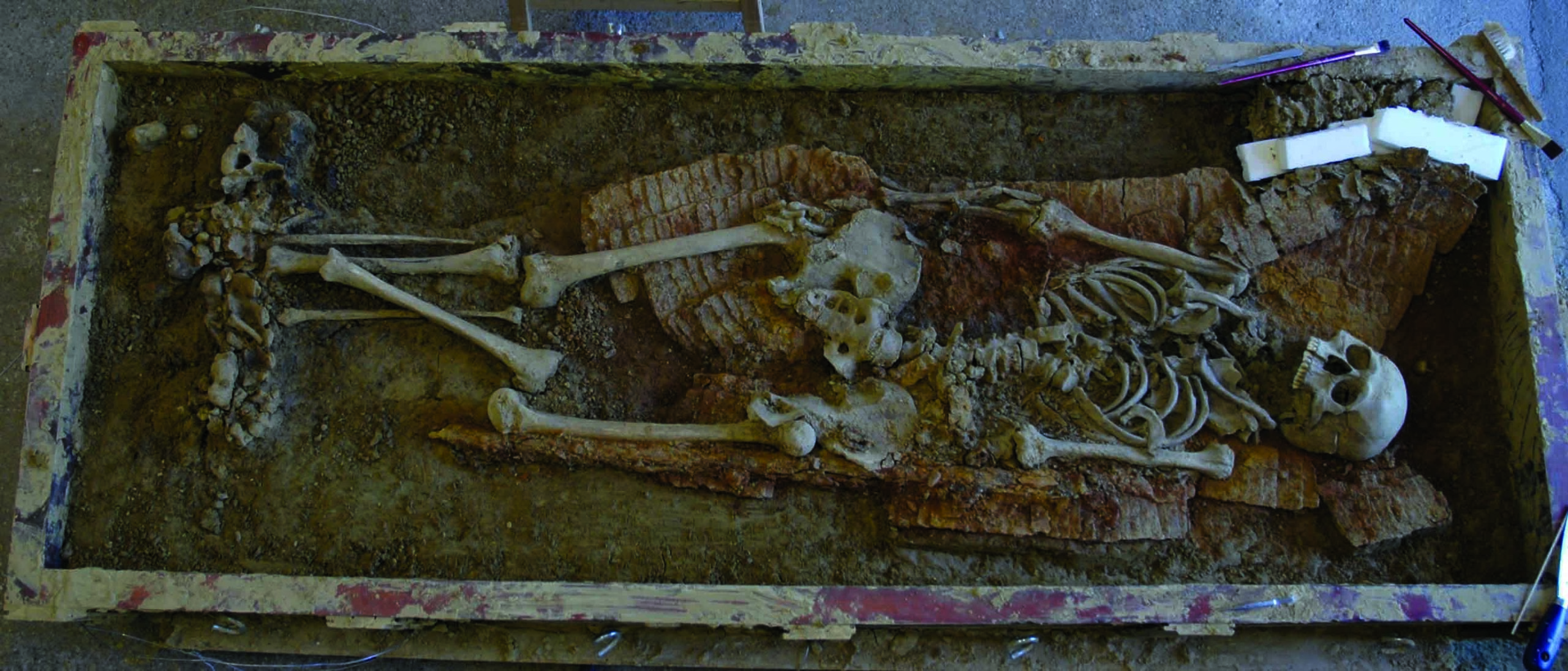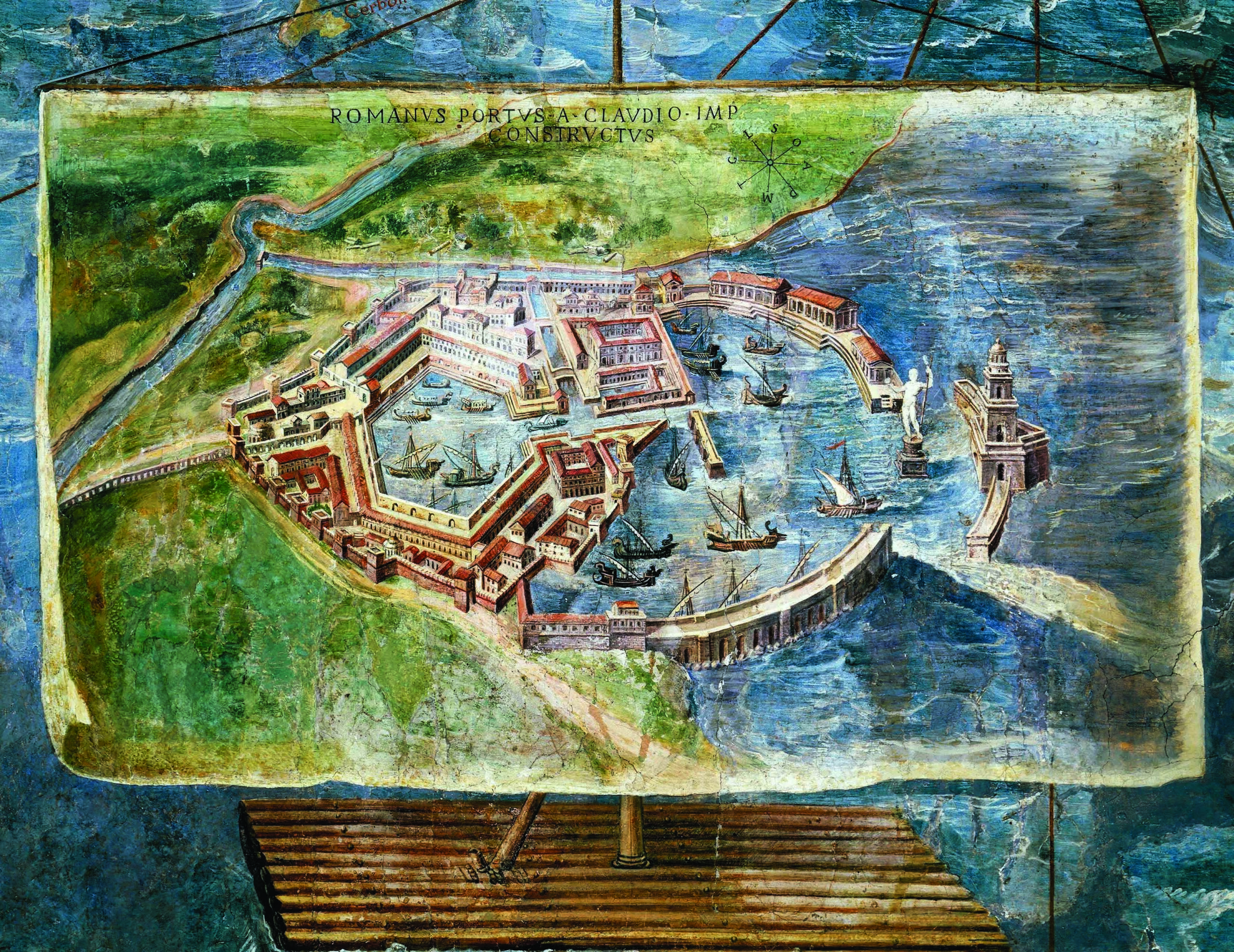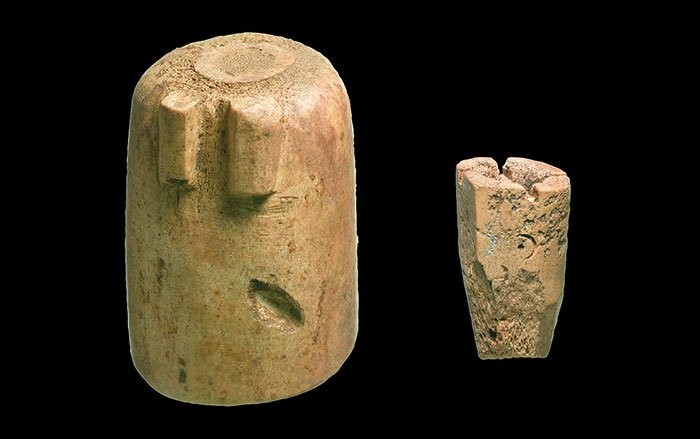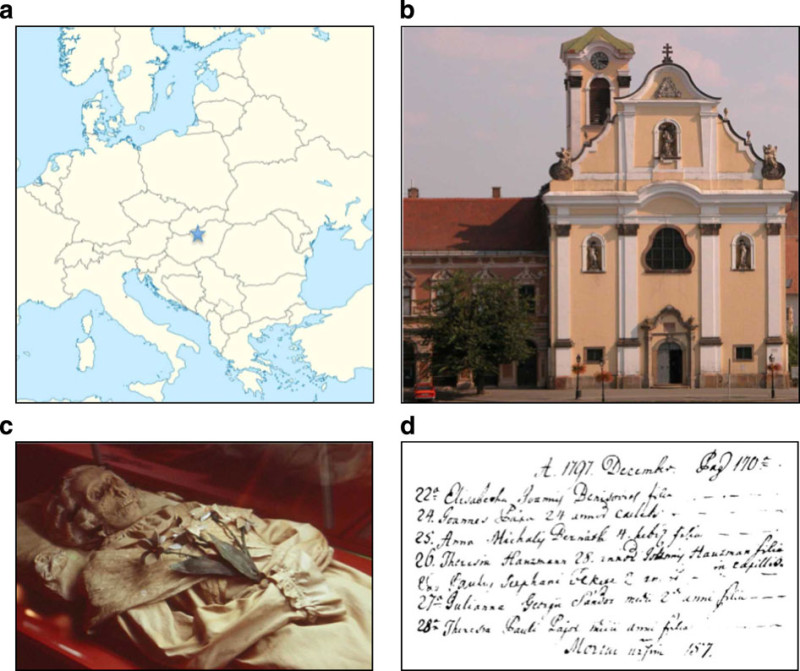
WARWICK, ENGLAND—Fourteen tuberculosis genomes were detected in eight naturally mummified bodies from a 200-year-old Hungarian crypt. “Microbiological analyses of samples from contemporary TB patients usually report a single strain of tuberculosis per patient. By contrast, five of the eight bodies in our study yielded more than one type of tuberculosis—remarkably from one individual we obtained evidence of three distinct strains,” Mark Pallen of Warwick Medical School said in a press release. The team, made up of additional scientists from the University of Birmingham, University College London, the Hebrew University in Jerusalem, and the Hungarian Natural History Museum in Budapest, used a technique called “metagenomics” to identify the strains of TB DNA. They also dated the origin of the lineage of TB strains commonly found in Europe and America to the late Roman period. “By showing that historical strains can be accurately mapped to contemporary lineages, we have ruled out, for early modern Europe, the kind of scenario recently proposed for the Americas—that is wholesale replacement of one major lineage by another—and have confirmed the genotypic continuity of an infection that has ravaged the heart of Europe since prehistoric times,” he added. To read about how seals and sea lions spread TB to the New World, see "Across the Atlantic by Flipper."


